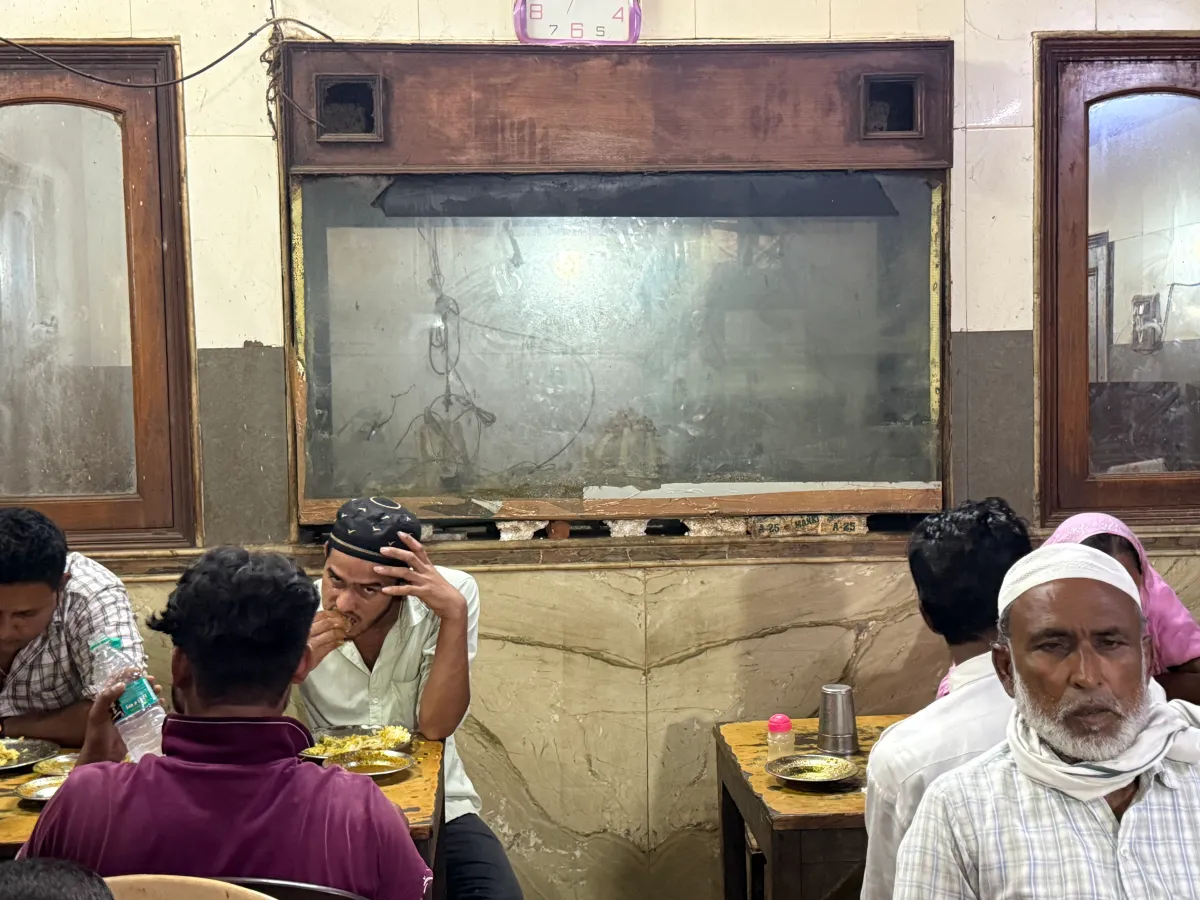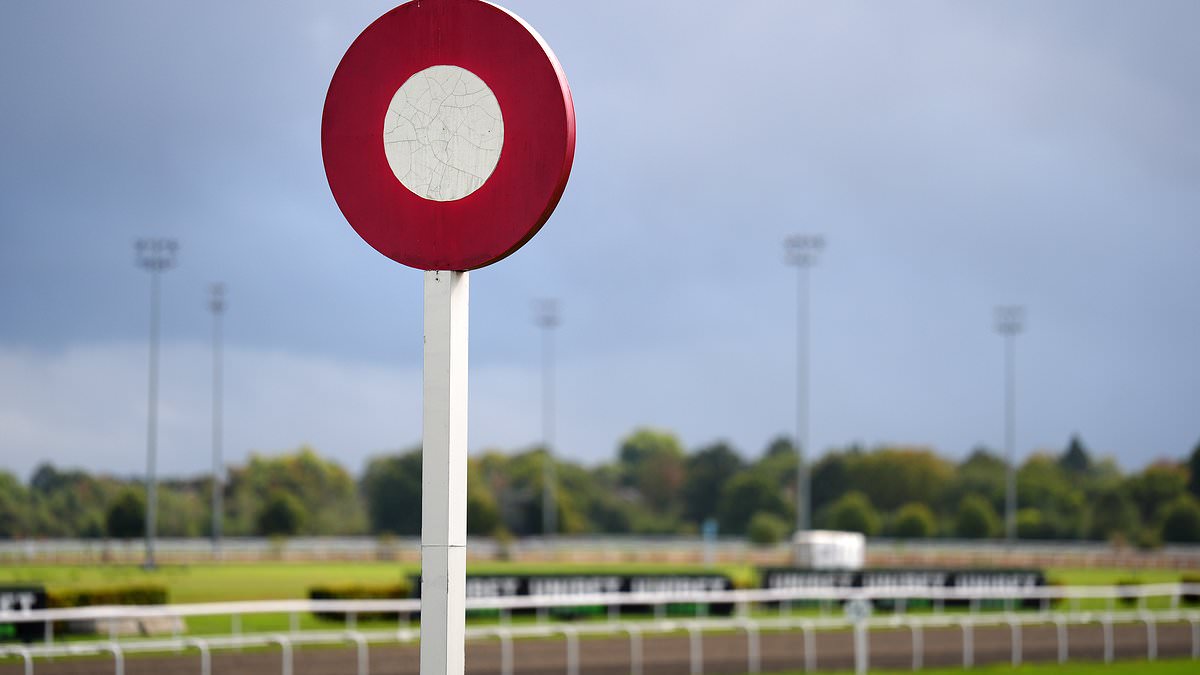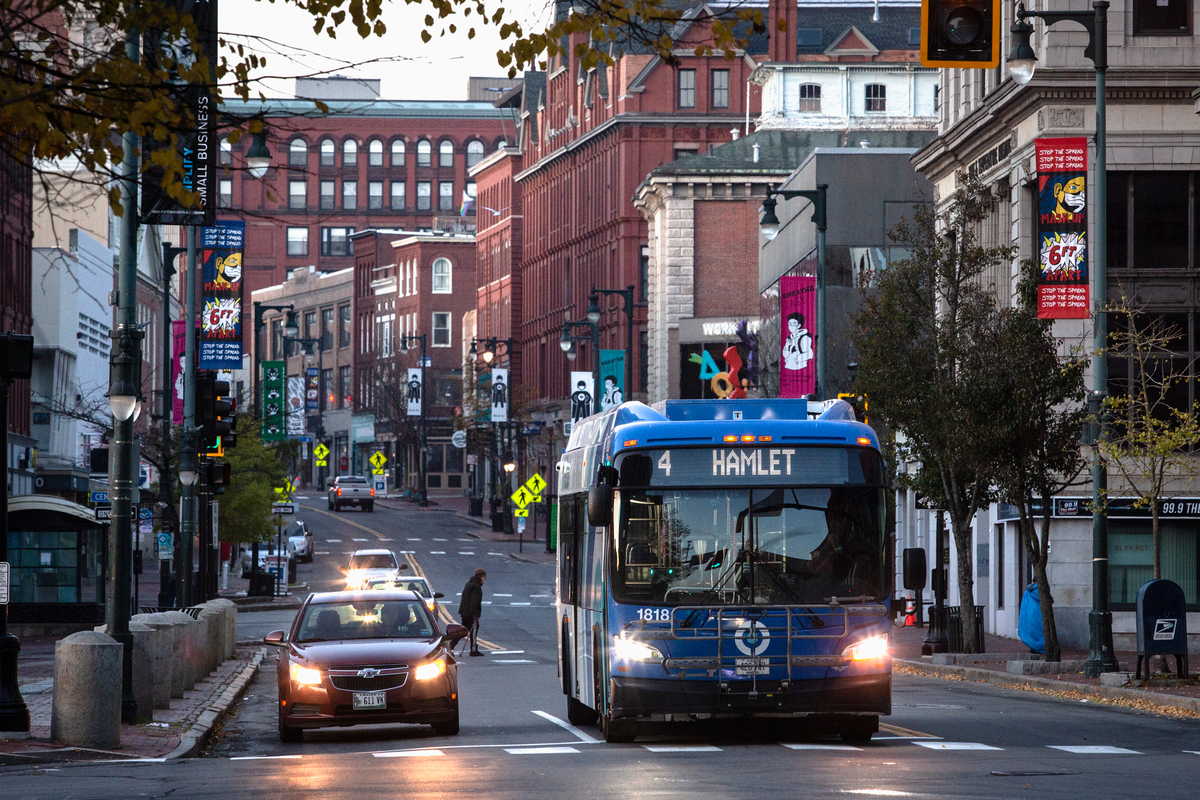Copyright thedelhiwalla

The Walled City dictionary. [Text and photo by Mayank Austen Soofi] It was a poet’s alley. Or maybe it was a fish market. Perhaps it was both. Old Delhi’s Gali Khan Khana has a past full of conjectures. Khan Khana, of course, was the title that Emperor Akbar famously awarded to his court noble Rahim, the legendary poet well-versed in Sanskrit, as well as Persian. Indeed, one recent afternoon, a Walled City man encountered in front of the Jama Masjid had introduced himself as a poet who lived in a nearby street, which he said with some flourish, was named after a great poet. He had meant Gali Khan Khana. But Gali Khan Khana could as well have been named after any VIP. For “Khan Khana” literally translates to “lord among lords,” and our contemporary Dilli continues to be full of citizens who fancy themselves to be figures of such a stature. Nevertheless, the gali today is more about macchli, or fish. Scores of fish stalls line the lane. A travel agent having his office in the street insists that Gali Khan Khana was the cradle of Old Delhi’s Macchli Market. Does he mean the fabled Macchli Market—the one and only Macchliwalan! The Old Delhi gentry belonging to an earlier generation fondly recall that extinct fish market. In fact, the adjacent Jagat Cinema that shut down some years ago used to be known as “Macchliwallon ka Talkies.” The market existed until some decades ago, and is remembered as a dense congregation of fish stalls lining the main road linking Daryaganj to Jama Masjid. The said road flows along just outside Gali Khan Khana. The fish market of public memory was said to be massive. At some point in the recent past, it had transmuted into a weekly kabadi bazar selling used clothes, sandals, suitcases, transistors, handbags, shoes and so on. (Delhi’s iconic Sunday Book Bazar, held in Mahila Haat, traces its original site to this same Macchli Market.) Per the aforementioned travel agent, the nuclei of the fish market was his Gali Khan Khana. The gali then had massive “mandis” stocked with fish. One fish merchant had a “mandi” of 50 stalls. The travel agent says that the business gradually dwindled, partly due to an increase in Yamuna river’s pollution. Today, most fish arrives in the gali from coastal states, he says, though some shops in the lane still sell fishing nets, suggesting the presence of at least a few fishermen in the area. Anyhow, one of the gali’s functioning fish shops stands out for its wall-sized board painted with 20 varieties of fish. The other place that stands out is an eatery called Alam Hotel (fish curry for 40 rupees per plate). This afternoon, the eatery is packed with diners, but the large aquarium behind the tables has zero macchli. The scene is haunting—see photo.



